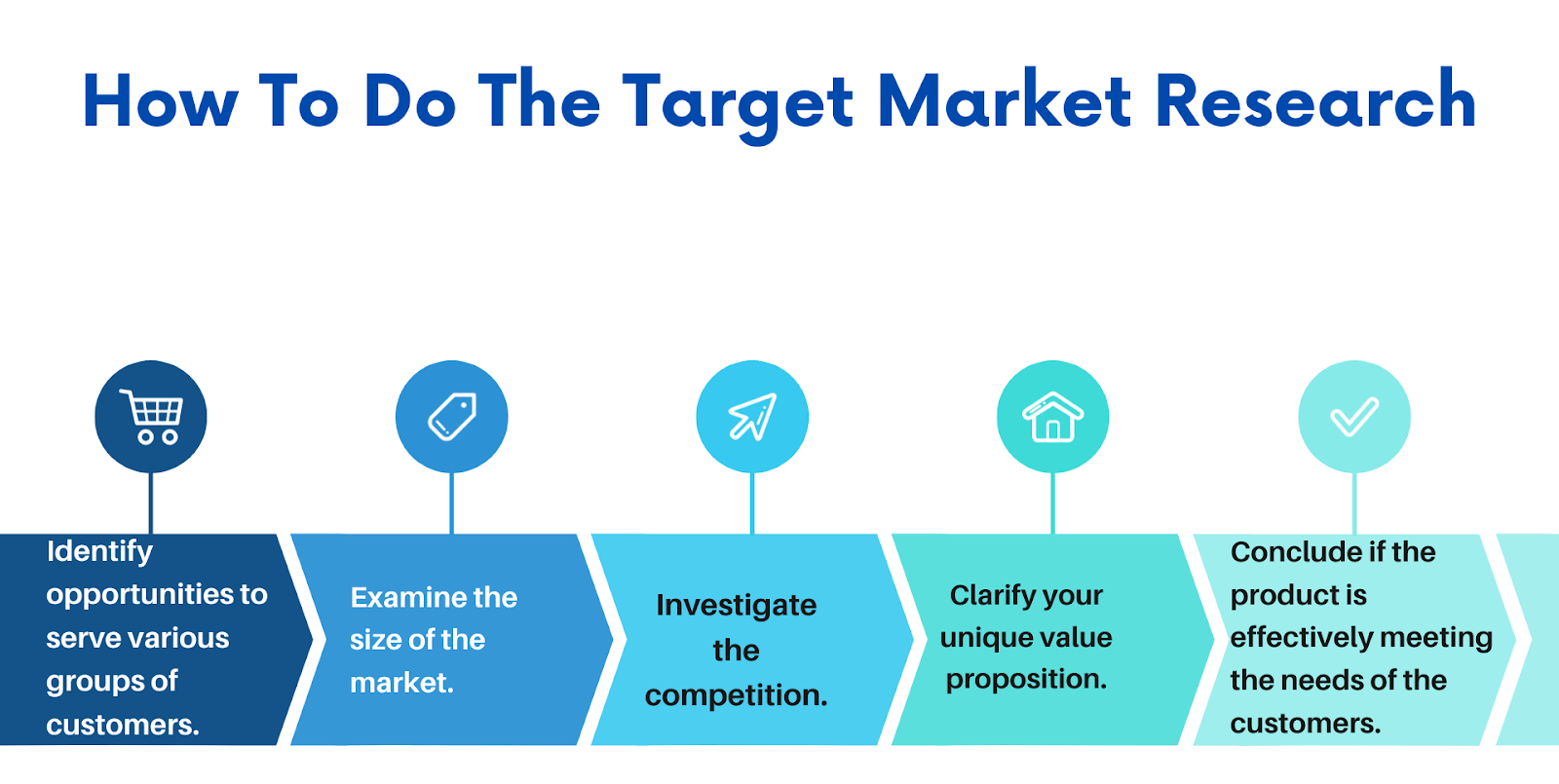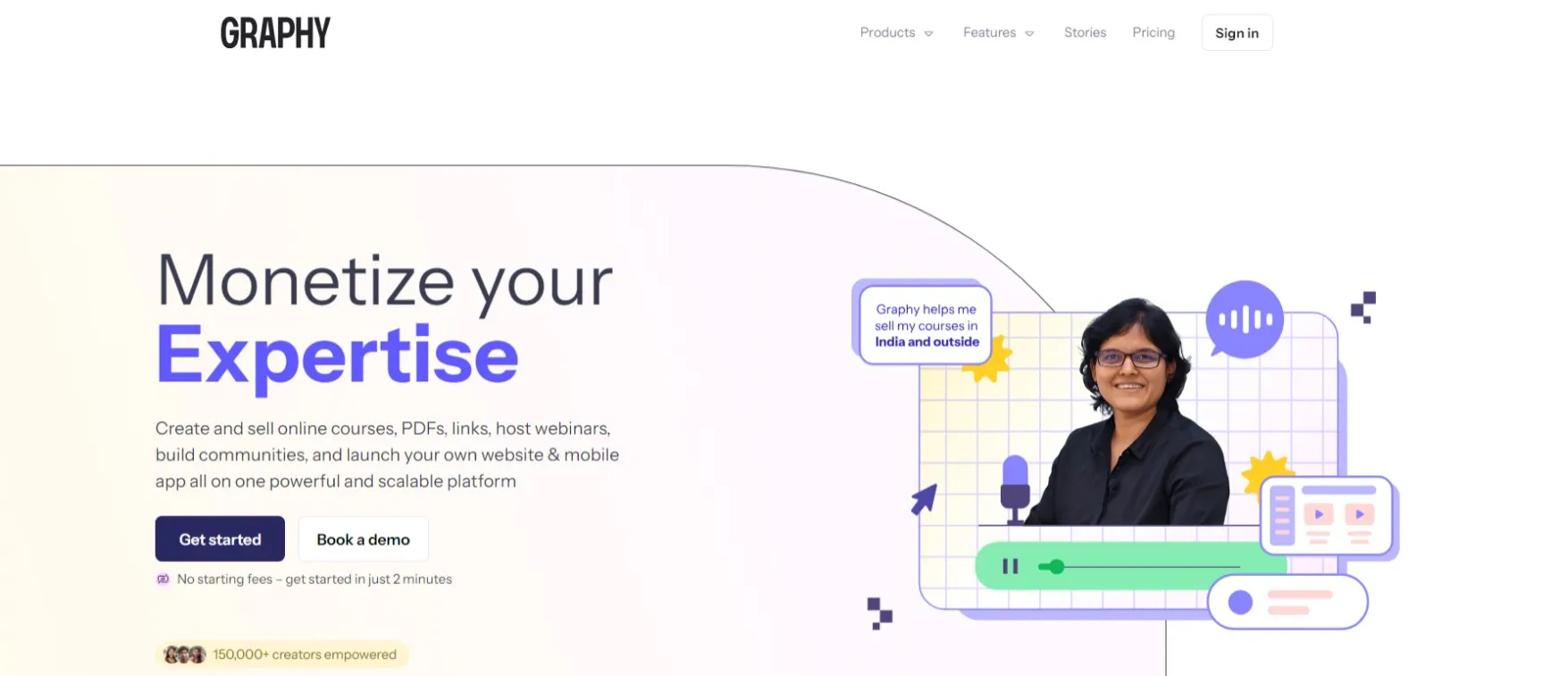Selling courses online sounds tricky, but guess what? It’s totally doable with some smart steps. Imagine you’ve created a cool course about something you love and are super good at.
Now, you’re wondering, “How can I share this with others and make some money too?” That’s where I come in.
I’ve got some proven steps to help you get your course out there on the internet and into the hands of eager learners.
Stick around, and I’ll show you how to turn your knowledge into cash, step by step.
Why Selling Online Courses Is Profitable?
The ability & will to invest in education and learning is an emerging trend. This is being seen amongst both old, as well as, young demographics.

There is no fuss about commuting or the money spent on it. Online course programs allow you to avoid the complexities involved in attending a physical class.
Hence, an online course, if launched strategically, creates a steady stream of income for you. Once the course is built, you need to work on marketing and selling it.
Let’s help you launch your first (or next) profitable online course!
9 Steps to Sell Courses Online: The Complete Guide
Step 1: Choosing A Profitable Course Idea
The majority of entrepreneurs fail and then give up because they are unable to find or create a market for their products.
In order to generate a profitable course idea, you need a topic that you are fascinated by. Over & above, you need people who are willing to pay for that course.
To get a better idea, here are a few reasons why people would buy the product from you:
- They want to gain knowledge for a career transition.
- They want to start a career in this field.
- They want to boost their career opportunities or upskill.
- They want to continue their education.
- Preparing for their academics.
- Interested in a particular subject or hobby.
Here are a few questions that you can ask before deciding on an online course topic.
- Am I fascinated by this subject?
- Are there profitable courses available in the market?
- Do I know enough to teach someone?
- Can this course solve the pain points of my target audience?
Step 2: Doing Market Research
No matter if you have created the greatest online course in the world. It will be a failure if there is no strong market for it.
You need to find the market for your online course. During market research, you make sure that you know who your audience is and how to find them.
You might find the largest market tempting. However, the largest market is also the most competitive. Hence, niching it down helps.
Let’s talk numbers.
If the market is 3 million people, you only need 1% (or less) of people to be successful.
In reality, large markets are often quite crowded & competitive. It is better to start with your core market first. Make it a point to start with a core target audience and serve them pretty well.
It doesn’t matter if your core audience is small. Once you have succeeded and created a loyal fan base for yourself, you can always leverage it to expand.
Please note that your target market might keep on evolving as & when you grow. Make sure that you are flexible enough to resonate with the ever-evolving target market.
Be prompt to inculcate new data and learning into your approach.
Step 3: Create an Online Course Module
Your online course topic is clear, and you know in & out about your target market.
Now is the time to get out of your comfort zone and finally create your online course modules.
1. Gather All the Course Information That Is Scattered
During your tenure studying your course topic, you might have gathered a lot of information and resources. Both in digital and physical format.
You don’t need to accommodate everything in your online course. However, in this step, you do gather them all in one place.
2. Declutter and Keep Only the Information That You Really Need
Now that you have all the resources with you. You need to just dump the redundant, outdated, or overlapping information.
An online course shouldn’t create too much or unstructured information. It should only create how much is required. Keep it precise and effective.
3. Structure Your Online Course Modules, Create Chapters and Subchapters
Create a table of contents. Jot it down. Take inspiration. But make sure that your content modules are digestible and effective. There is no point in creating a course with just so much stuffed information that helps no one.
4. Create & Edit Your Content
Your course module is well-planned. What you have to do next is go ahead and create them. In this step, you would need a few gadgets and tools to get started with.
Make sure that you are creating multimedia course content.
Step 4: Choose Where To Host Your Online Courses
If you are a newbie in the course creation world, you might be confused about how to put all your course material under one umbrella.
If you are transitioning from an offline institute to a full-on online education business, we can solve this concern as well.
Education technology has made remarkable progress. If you are planning to grow your online education business, there are a few platforms that would help you launch your online courses.
We vouch for Graphy as a platform. It has some top-notch course creators in its portfolio. Here are a few things that make Spayee the course platform worth considering.
Pros and Cons Of Using Graphy Course Platform:
Pros:
- White-labeled course website & mobile apps
- Indian Payment Gateway
- In-built live class
- Third-party tool integration
- Multi-layer content security
- Affordable platform with No hidden cost
- Personal Account Managers To Assist You Every Step Of The Way
- Unlimited Learners
Cons:
- Only limited learners are allowed in Live classes.
Graphy Features:
- Easy To Organise Content Builder
The course platform that you choose should be the one where you can organize content and create an easy-to-use DIY course platform. If the platform is easy to navigate, you can use it to create your course website.
- Learners Management
If the platform allows you to manage your learners in one place, it’s a good one to go. Bulk Enroll is another feature that makes a platform worthwhile.
- Fabulous support
Any new platform will have its own set of challenges, but these challenges should not be a roadblock. To ensure that they don’t become one, we need to choose a platform with fabulous client support.
Spayee qualifies for this mark with the highest score because personal account managers are assigned to individual creators.
- Simple and customizable checkout
Your checkout process should be smooth. Otherwise, you would lose clients. Make sure that you first experience the seamless checkout process as the learner.
- Multi-Level Content Security
What’s the point of putting in all that hard work if your content isn’t secured in your platform? Choose a course platform that protects your content in the best way possible.
Spayee has a few content security features that other platforms don’t currently offer. The video content, for example, is secured at multiple levels.
- Encrypted Streaming
- Device-Based Access
- Domain-Based Restrictions.
- Dynamic Watermarking
Step 5: Determine The Pricing Of Your Course
A lot of course creators are struggling with pricing their courses. “How much should I charge for this course?” is the burning question.
Logically, there is no one correct answer.
Your pricing takes some sort of trial & error before arriving at the right price. In order to price your courses correctly, you would need to first calculate your customer’s LTV.
Let’s Understand LTV.
LTV stands for the Lifetime Value of a customer. In simpler terms, it means the total number of purchases a customer makes in his lifetime.
Imagine that you are selling multiple products. Once you acquire a customer for $100, he goes on buying at least $1,000 worth of products in his lifespan. Or that he also becomes a repeat customer.
In this case, your profit would be $900.
The catch here is that you can’t calculate the LTV of your learners until you actually have them. So make sure you do the following:
- Your first online course should ideally fall in the $50-$200 range.
- This varies according to your audience, expertise & brand value.
- Determine your cost & Competitor pricing.
- Understand the income level of your target audience.
- Accordingly, come at a price that works for you. After a few initial learners, you will be able to adjust your pricing.
Step 6: Creating A Course Sales Page
A course sales page is the page where your potential learners land before paying for your course. You can drive traffic to this page through various marketing channels.
In order to make sure that your landing page is compelling, you need to take care of a few things:
- Impeccable, Simple & Crisp Copywriting.
- Minimal Design & Not Too Stuffed
- Loads within the faster speed
- The content is high quality, which is inspiring
- Has all the details in a structured format
- Colors are put according to brand guidelines
- There are clickable share buttons
- Mobile Friendly.
- Has been A/B tested multiple times.
For a high-converting course sales page, you need to have a few elements in place. Let’s understand it in detail.
1. The Headline
Your headline should be catchy enough to attract the attention of your target audience. It needs to be short, enticing, descriptive & compelling.
Tell them about the benefits so that they would be willing to scroll down and not leave the page.
2. Introductory Video
Videos have the power to spark instant engagement on a personal level, too. Especially when you are launching courses, you must have the video on your landing page.
It creates a personal connection and influences people to pay for your knowledge. Keep the video to two minutes.
3. Problem – Agitate – Solve
In this part of the course landing page, you need to show your prospective learners that you do know and understand their pain points.
After you introduce the problem, ‘agitate’ it by going into more detail. Talk about the before scenario and the scenario after they take your course.
It’s the standard problem – Agitate – Solve formula.
4. Course Description
By this point, you have established your trust. Now, you need to give them a solid reason to buy your course. This section addresses all their concerns.
You talk in-depth about who this course is designed for & how your course can help them. Talk about what you do & do not cover. Set the expectations right.
Talk about the overview, outcomes, and learning objectives. Talk about what is included in terms of resources.
5. Case Study/Testimonial
We trust something if it’s recommended by others.
If you can create something that people love, you must show it off on your landing page. But not by yourself. Gather the testimonial. Gather what they have to say.
6. CTA button (with Price/Plans)
Now that you have given them enough information give them the link to instantly click & buy. This has to be a CTA with the price written on it.
Here, feel free to also include the different levels of pricing plans and payment structure.
7. Case Study/Testimonial
Include some more testimonials. Don’t leave any chance to impress your prospects.
8. Another CTA Button
Finally, add a CTA button. Here, the learner would need to take final action.
Step 7: Market Your Online Course
“Build it & they will come” isn’t the concept that works in the current times. No matter what you are selling, there has to be an audience whom you need to nurture.
However, the process of nurturing varies with respect to your industry, product, audience & expertise. Long story short, you need to market your course in order to launch a profitable online education business.
Here is something that you need to understand through the process.
It’s called the Buyer’s Journey:
- Awareness: Your target market knows that there’s a problem. They are looking for a solution to make their life simpler. If you aren’t sure that all your target market is aware of the problem, you need to educate them! Ask them questions and tell them that “you aren’t the only one.”
- Consideration: Your potential market knows that there is a problem and there are ways to solve it. Here, you have to make a strong case. Nurture them. Prove to them that you are the best man for the job.
- Decision: In this step, people are in the process of making a decision. If you have done your job properly, sooner or later, they will come to you. Your marketing strategies should be a guiding light to your target market, which is pushing them from “awareness” to “decision”.
You can even integrate third-party tools and use the in-built marketing tools within Spayee.
Step 8: Retain & Acquire Learners
Whether your course ends for a learner or not, you must always stay in touch.
Emails are a great way to do that. However, what works as well is providing support to your learners, sending messages, and keeping them engaged throughout the learning process.
Let’s understand some of the effective ways of doing it.
1. Create Groups on Social Media
Take advantage of the fact that people are active on various social media and are open to feeling connected. You can leverage Facebook groups or even WhatsApp or Telegram groups to spark communication.
It has to be an ideal platform for all your students to come together under one umbrella.
2. Share Your Contact Info
Give them a way to reach out to you. Especially if you are selling academic courses or premium courses you need to stay even more reachable.
3. Create Communities
Create exclusive communities. Through these communities, you will be able to keep in touch even after the course ends. You can track their progress, celebrate their achievements, and whatnot.
In fact, you can upsell or cross-sell to them.
Step 9: Improvise!
This step is an n0-brainer.
But, at the same time, not many course creators follow it.
Every time you launch a new course, the initial few weeks or initial few learners drop in some value bombs. These value bombs are nothing but raw feedback to make it better than what it really is.
Make sure that you are improvising your whole online selling process with time.
FAQs
✅ How much can you make selling online courses?
It depends on your course modules and niche. Some course creators could earn anywhere from a $0 – $50k+ per month while some make $1-$5k per month.
👉 What online courses sell best?
There are numerous profitable online course niche such as Technology, Digital Marketing, Business and Entrepreneurship, Arts & Crafts, Health and Education.
💥 Are selling online courses profitable?
Yes. Selling online courses have become one of the best ways to make passive income if you have the skills.
💼 Which Is the Best Course Creation Platform?
Various online course creation platform is available in the market. However, the best online course creation platforms are Kajabi, Learnworlds, Teachable and Thinkfic.
Quick Links:
- Best Online Growth Hacking Courses To Learn Growth Marketing
- Step By Step Guide To Create Succesful Online Course
- Mindvalley Limitless Review | Is This Course Worth It?
- Best Online Course Training Platforms
Conclusion: How To Sell Courses Online?
Launching your online course isn’t easy, but it’s worth it. The online education market has a lot of potential.
Just remember, it’s all about taking those steps we talked about, one by one. Keep sharing what you’re passionate about, and the rest will follow.
If you follow this step-by-step process and implement it religiously, you are already ahead of the game.










